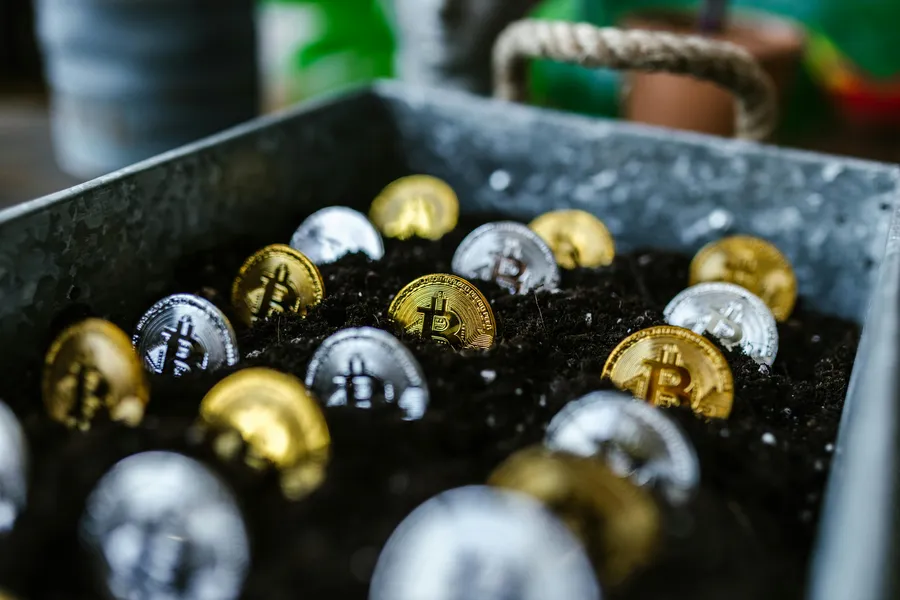What is Serum (SRM) Cryptocurrency Token? — Serum, Decentralized Exchange, Solana

By Valerii Wilson, seasoned crypto security expert and smart contract auditor
So you’re interested in Serum huh? Well buckle up, buttercup. Because this ain’t gonna be your usual ride through the rose-tinted world of cryptoland. No siree! We’re diving straight into the nitty-gritty details of Serum (SRM), its decentralized exchange platform built on Solana, and we’ll do it with all the brutal honesty I can muster.
But before we delve deeper, let me clarify one thing: My job isn’t to sell you anything. I ain’t here to pump up some pump-and-dump scheme or hide behind buzzwords and technical jargon. Instead, I want to give you a clear picture of what Serum is, what it does, how it works – and more importantly, where its potential pitfalls might lie.
Alright, let’s start with the basics. Serum is a decentralized exchange built on Solana, an open-source blockchain designed to facilitate fast and cheap transactions. The platform uses an order book model rather than the more common automated market maker (AMM) design found in popular DEXs like Uniswap or SushiSwap.
This means users can place limit orders, set slippage tolerance levels, and trade with higher precision compared to AMM-based systems where trades are executed against a pool of liquidity tokens. Sounds good, right? Well, it does have its perks, but it also comes with some inherent risks.
Now here’s the kicker: Serum isn’t just another DEX. It’s billed as “Serum – The High-Performance Decentralized Exchange Protocol for Every Application.” I personally find that title a tad pompous, but hey, who am I to judge?
The key selling point of Serum is its speed and scalability thanks to the Solana blockchain. Transactions are supposedly confirmed in mere seconds – way faster than Ethereum or other mainstream chains. And with off-chain matching engine technology, it aims to handle high trading volumes without clogging up the network.
Sounds like a dream, right? Lightning-fast trades, no gas fees, decentralization…what could possibly go wrong?
Well…everything?
Here’s where things get interesting (or terrifying, depending on your perspective). Remember when I mentioned the potential pitfalls earlier? Let me elaborate.
Firstly, while Solana promises cheap transactions and lightning-fast speeds, it hasn’t been without issues. In recent months, we’ve seen multiple outages and network downtimes causing billions of dollars worth of value to get stuck mid-transaction or worse, lost forever.
Then there’s the matter of security. As with any new tech, bugs and vulnerabilities abound. In September last year, a critical bug in Serum led to a flash loan exploit resulting in $350k worth of SRM tokens being stolen.
And let’s not forget about the scams lurking around every corner. Remember those NFT frenzies? Many so-called ‘blue chip’ NFT collections have turned out to be nothing more than rug pulls, duping unsuspecting investors of millions. And with Serum being a hotbed for these digital baubles, it’s prime pickings for scammers looking to cash in on the hype.
Don’t get me wrong; I’m not saying Serum is inherently bad or that you should avoid it at all costs. What I am saying is this:
- Understand what you’re getting into.
- Research thoroughly before diving in headfirst.
- Never invest more than you can afford to lose, even if it is backed by a ‘high-performance’ decentralized exchange protocol.
In conclusion, while Serum (SRM) does bring some innovations to the DEX scene, like all technology in cryptoland, it comes with its fair share of risks and challenges. My advice? Treat it with respect, keep your wits about you, and never forget: In crypto, speed doesn’t always equal safety.
Remember folks, if something sounds too good to be true, it probably is. Always do your due diligence before jumping onto the next big thing. Because in this wild west of digital assets, even a seasoned hand like me can get caught off guard sometimes.
Stay sharp out there!









